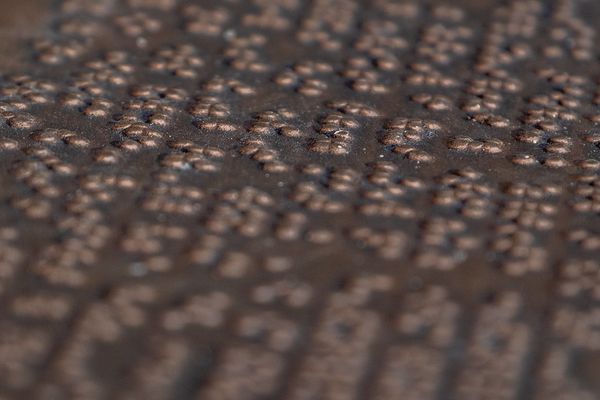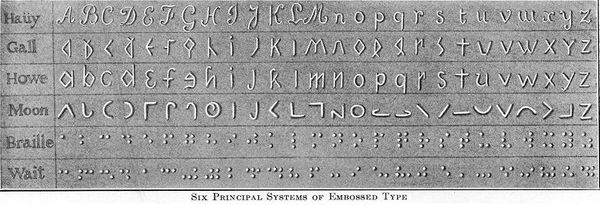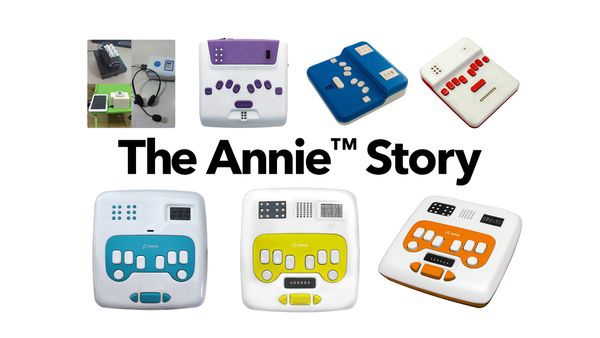Braille and Autonomy: What Literacy Means For an Independent Life
Writers and poets have often waxed eloquent about the beauty of the written word, and the pleasures of reading by themselves. Literacy has been a cultural and social touchstone for hundreds of years as the means to a private, individual life for the sighted. Why should it be any different for people with visual impairments? It was in recognizing this that Louis Braille set about creating the script that today is one of the strongest connective sinews for the visually impaired community, in their self-expression, autonomy and making of community.
Visual Impairment and Autonomy
Visual impairments contribute, unfortunately, to a person’s loss of autonomy in many spheres of their lives, with social structures and environments largely designed and built for the sighted. Just take a second to think about all the reading, writing, and typing that those of us with sight do on a daily basis - and think about how the vast majority of that activity relies on us being able to see text.

It’s these aspects of our sighted societies and cultures that impair a person without their full sight, leading to an inability to engage in daily activities such as studying, working, or household chores. This could be an impediment to their ability to be productive and happy, with a mixed range of emotional responses that accompany such instances. It falls to the community around them, then, to enable the person with visual impairments to let these emotions evolve and have the opportunity to process them, thus allowing the individual to find hope and the desire to shape their life. The path to autonomy is laid by empowering the person with the disability to forge that path.
This path is the first step to creating a sense of community with other visually impaired persons, one that empowers them to have a collective voice and presence in society at large. This presence indicates what the needs of the community are, and how they aim to communicate and achieve them.
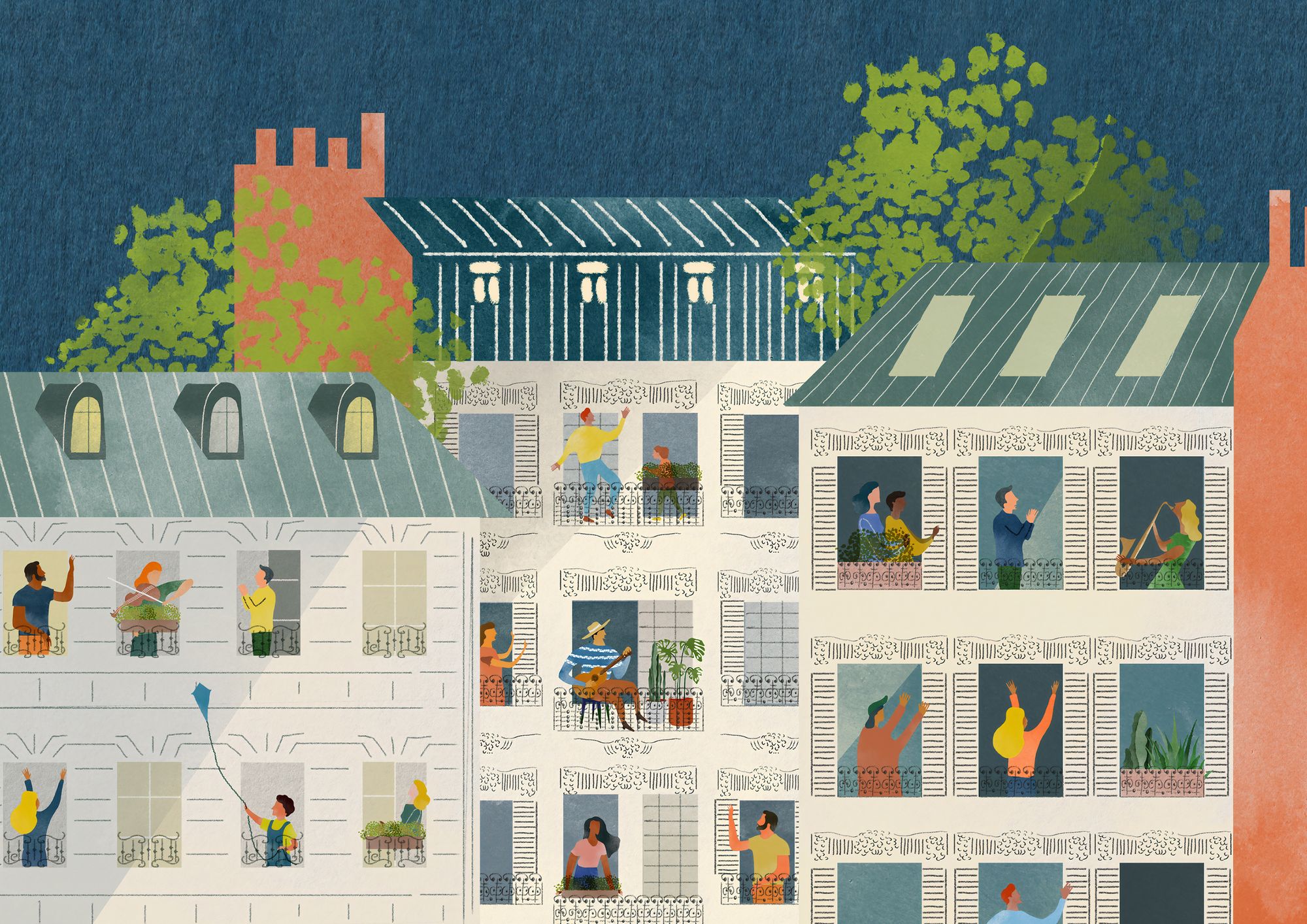
To many such people, as they learn to find themselves in the world, access to the knowledge they seek and information they need is accessed through various texts. It’s evident that a key way for people with visual impairments to read and write these texts, to communicate with and organize their community, is through Braille.
The Many Meanings of Braille
Braille’s invention sparked a major recognition of the needs and desires of the blind and visually-impaired community, giving people better access to education, culture and information and offering a greater degree of autonomy. Schools and advocacy organisations for the visually impaired community grew to be more widespread, especially promoting Braille and Braille literacy as essential tools for the autonomy of blind and partially sighted individuals, emphasising its importance in education.
Braille literacy and advocacy reached its heights in the mid-20th century, with civil advocacy and philanthropic efforts working in tandem with legislation that recognized the script as a vital part of the lives of those with visual impairments. However, in recent years, there has been some debate on the script’s usefulness in a world at large that’s increasingly come to rely on technological solutions. Even as there are warnings about the myriad problems an over-reliance on (particularly inaccessible) technology can cause, some say that assistive technology like screen readers can supersede the need for a script like Braille.
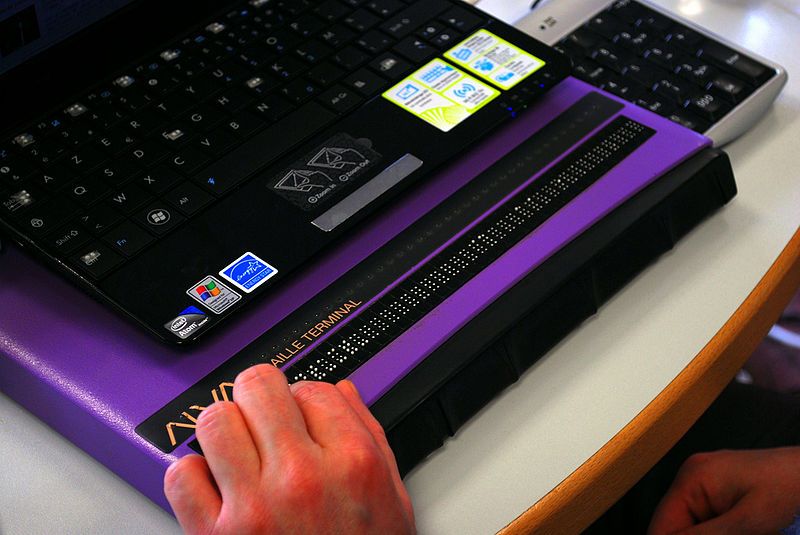
What this 'technological solutionism' - an idea that technology alone can solve what are essentially human and social issues - overlooks is what Braille in particular offers its users, not just as a script, but as a marker of the visually impaired community. It is one of the most visible signs of the social identity that members of the community claim through Braille, presenting a unique medium for members of the visually impaired community to express their ideas and selves. With its presence in public spaces, and even on everyday goods - such as pharmaceutical goods, as mandated by several countries - Braille reminds the sighted that the visually impaired community is an active part of society at large.
Relying on technology for everyday reading and writing also assumes that it is both easier and more desirable to listen to text read aloud, or to orally record what someone wants to have written. With the mixed results that such tech have - especially for young learners - this is not an assumption we should be rushing to make, particularly when these technological avenues are not uniformly accessible to everyone. Illiteracy cannot be solved by speech-based technology alone, and can just as easily contribute to increased social inequalities. Such practise puts people in a vulnerable and technology-dependent position. Braille, on the other hand, is notably ‘low tech’, and can be produced with simpler tools.

Braille’s greatest strength, however, remains its unique suitability to reading and writing for those without their full sight. The genius of the Braille script lies in its six-dot form, that can be recognized at much higher speeds and with greater accuracy by a visually impaired reader than a whole letter. It also enables its readers to have a strong understanding of the smallest units of language, how it’s structured and how interactions between words function in a sentence, in addition to their role in the development of content in a text. And perhaps most importantly, it allows the community to create physical records of their thoughts, allowing them to be picked up again, re-evaluate and build upon them, creating a corpus of written knowledge.
What Braille Continues to Mean
Braille has kept pace with the technological and communication developments of the 21st century. There are now a range of methods for producing Braille both on paper (such as cheaper Braille printers and embossers) and in digital formats like the BRF with notetakers. But a lot of work remains to be done to draw attention to the many possibilities that lie with Braille, aided, but not superseded, by technological development. A significant part of this growth will come through tools like Thinkerbell Labs’ own Annie, that support Braille literacy initiatives while addressing the friction of traditional means of Braille education.

Literacy in Braille remains an important and evident marker of persons with visual impairments' participation in society. It's a sign of social recognition of their expression. And that expressiveness is key to their voices being heard. The future for Braille is still bright - it’s important that we understand why.
